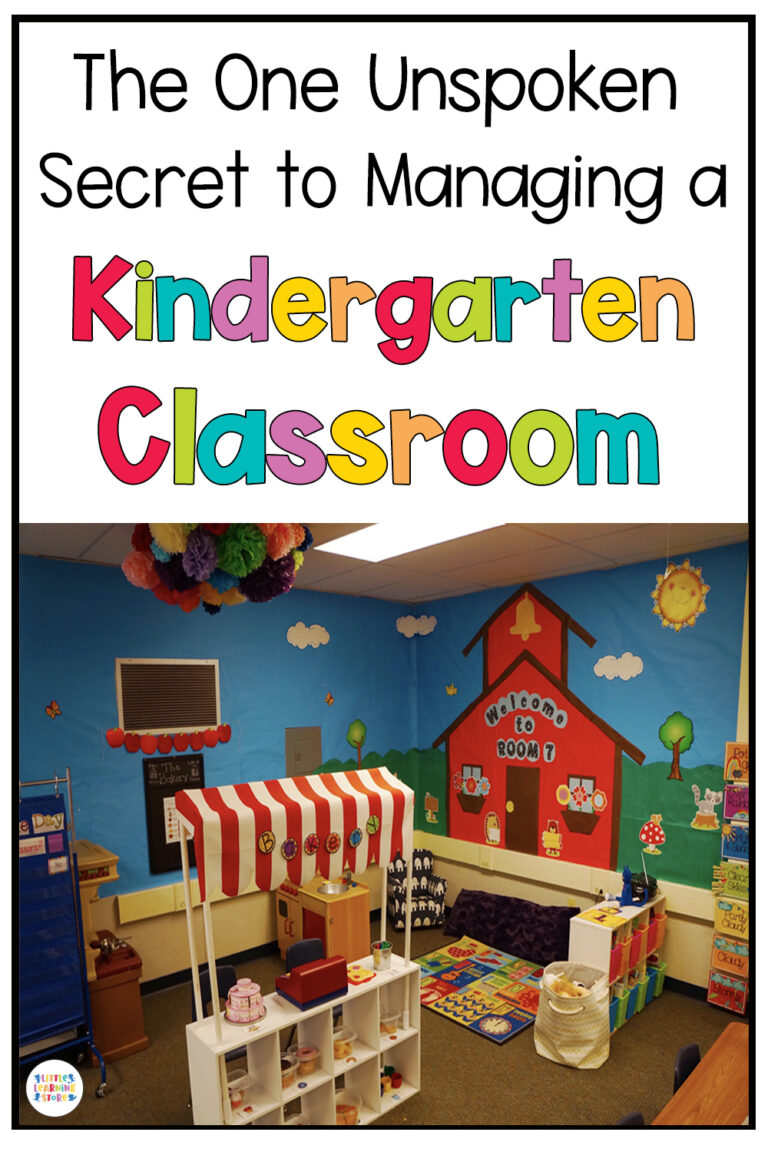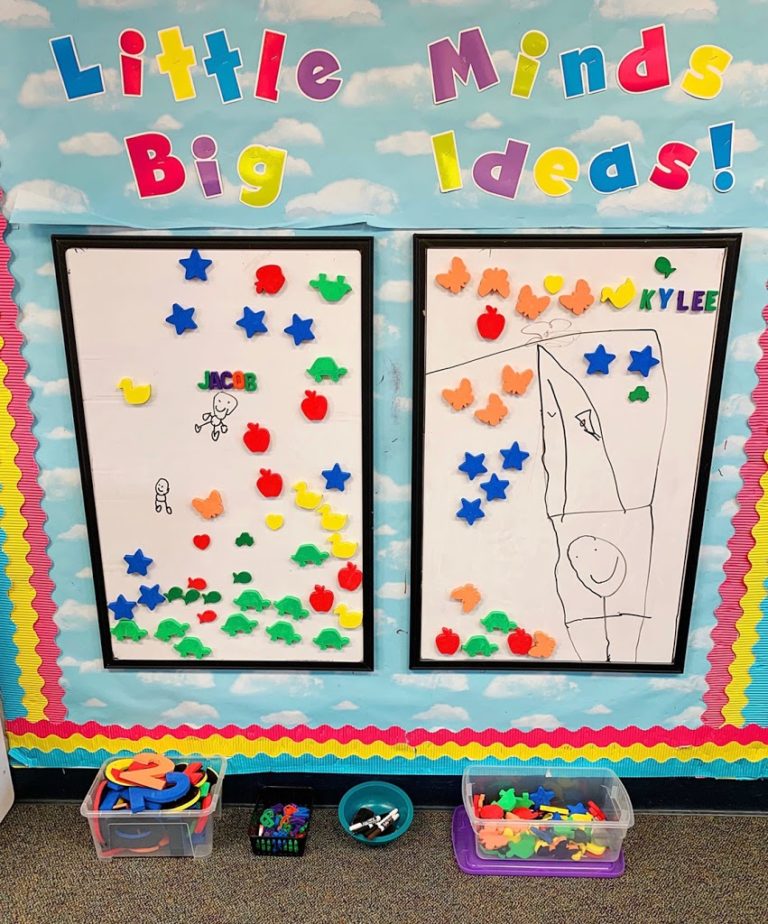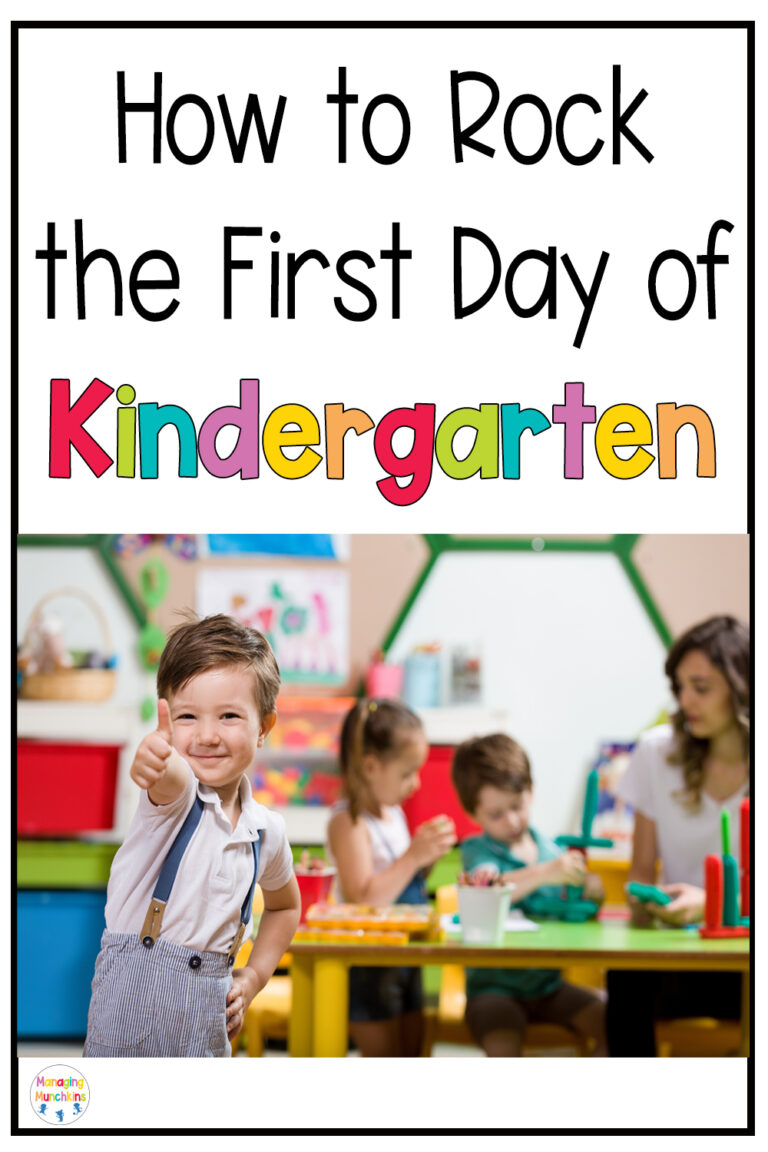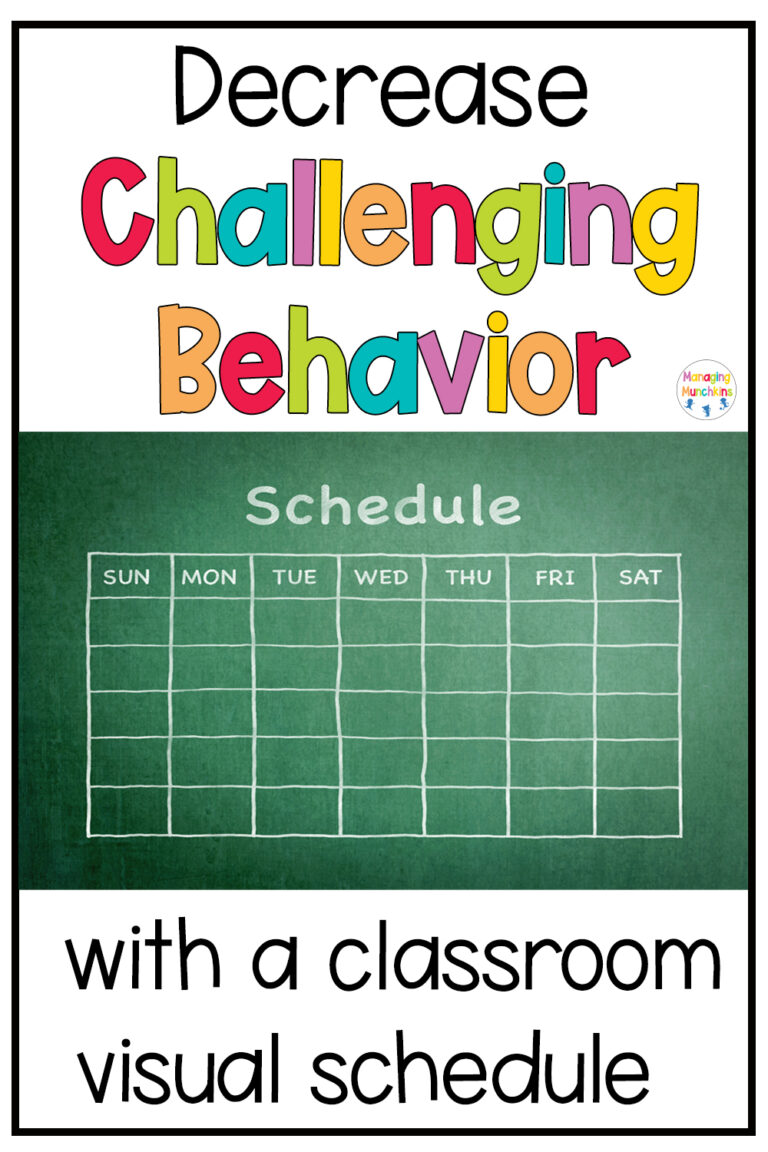How to Quiet a Noisy Class in under 5 Seconds
Hey there, it’s Katherine Barker, and today I want to jump into a common challenge many teachers face: dealing with a noisy class. It’s a situation that can be frustrating, but fear not! I’ve got some strategies to help you regain control and create a calmer learning environment for everyone involved.
Before we dive into specific tactics, let’s talk about the importance of being a detective. Understanding when and why your class gets loud is crucial. Is it during transitions, after recess, or maybe during certain activities like small group time? Once you identify the patterns, you can tailor your approach accordingly.
One key point to consider is your own volume. Are you inadvertently contributing to the noise level? It’s essential to model the behavior you want to see in your students. If you’re naturally loud, they might mirror your energy without even realizing it.
Now, let’s explore four effective strategies for managing a noisy class.
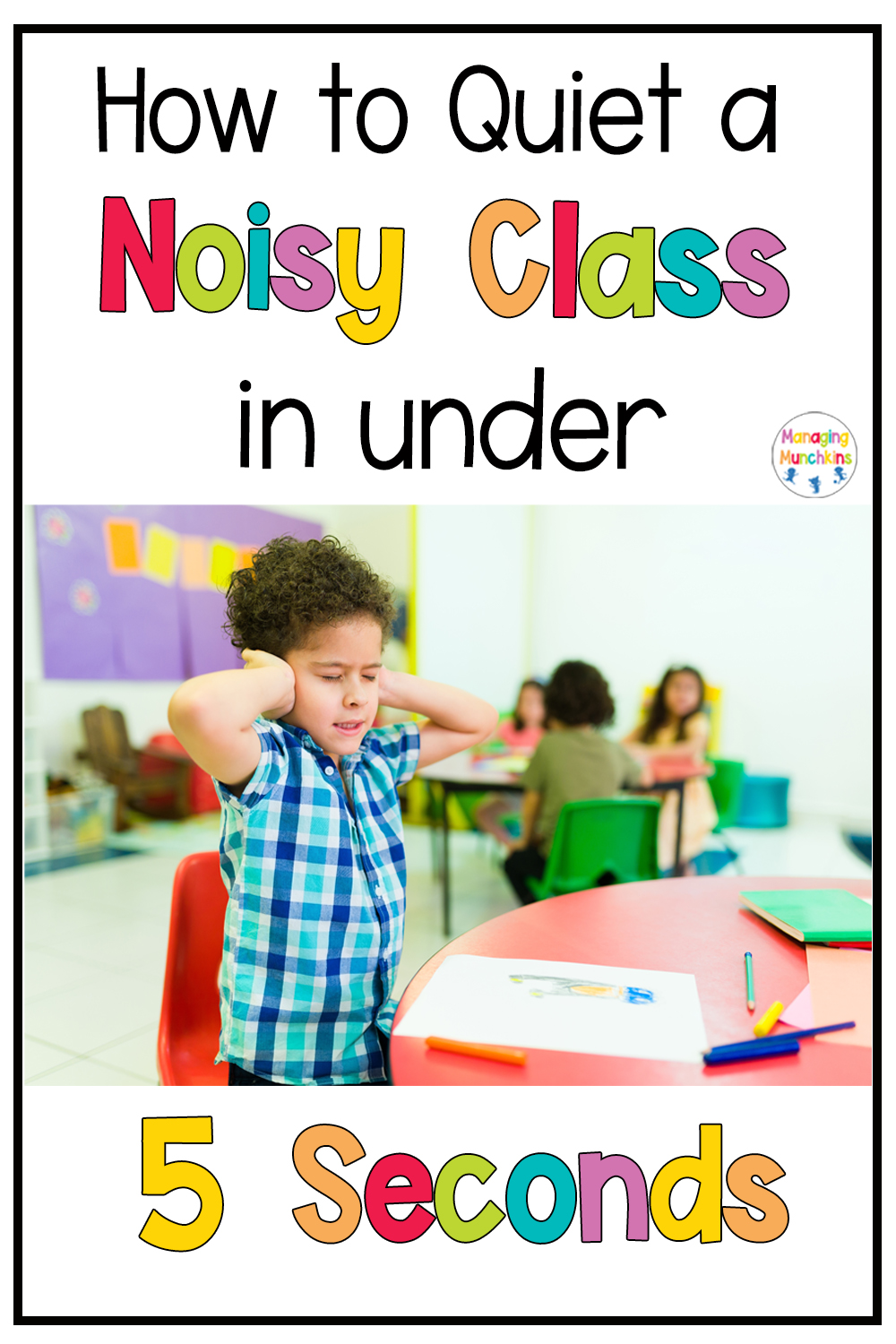
#1: Call and Response
Start with a fun call-and-response technique to grab your students’ attention and remind them to lower their voices. However, if you find yourself overusing this method, it’s time to try something new.
#2: Play Pretend
Engage your students’ imagination by introducing playful elements like “quiet spray” or pretending to turn down the volume knob on their voices. This creative approach can be both effective and enjoyable for everyone involved.
#3: Background Music
Surprisingly, playing soft music can help calm a noisy classroom. Consider using calming tunes or even Disney songs as an incentive for maintaining a quieter environment. Just ensure you establish clear expectations regarding volume levels.
#4: Noise Meter
Utilize a noise meter tool to visually demonstrate the noise level in the classroom. Websites like bouncyballs.org offer interactive meters that react to sound levels. Set goals and incentives for keeping the noise level in check, encouraging students to self-regulate.
Wrap Up:
Remember, consistency is key when implementing these strategies. Be patient and persistent, and don’t hesitate to adjust your approach based on what works best for your unique classroom dynamic.
In addition to these strategies, I also have a video specifically addressing how to handle disruptive behavior during carpet time, so be sure to check that out for more tips.
If you found these suggestions helpful, don’t forget to like and subscribe for more valuable resources. Together, we can create a positive and productive learning environment for our students. Happy teaching!

